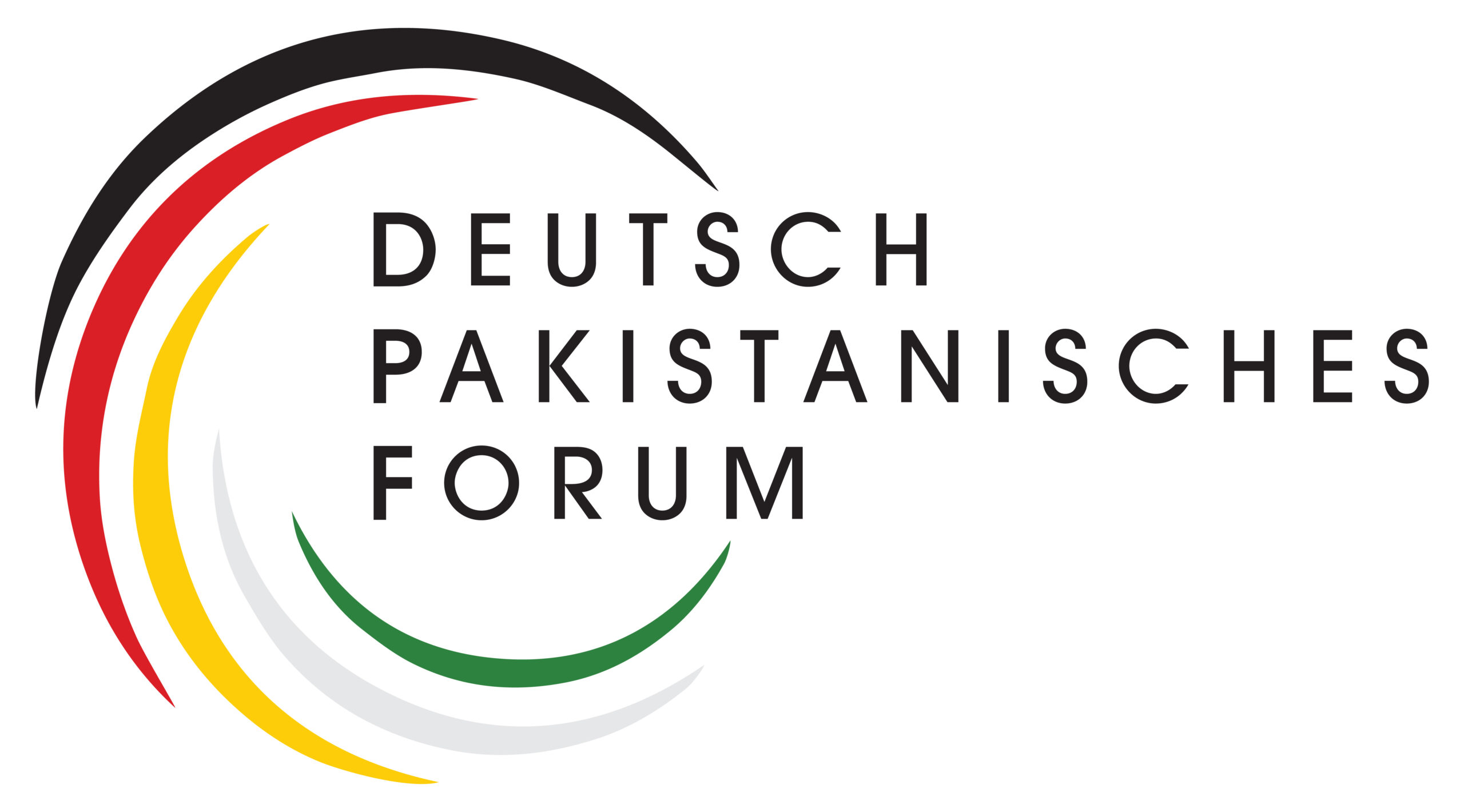Summary of the Online-Matinée with Ambassador Aizaz Ahmad Chaudhry, Director General of Institute of Strategic Studies Islamabad (ISSI):
Emerging Geostrategic Dynamics and Implication for Pakistan and South Asia
On occasion of 70 years of German-Pakistan Diplomatic Relations (1951-2021) and 60 years of German-Pakistan Forum (DPF) the DPF hosted a matinée with His Excellency Aizaz Ahmed Chaudhry on 11th April 2021.
After greeting words by DPF president Prof. Dr. Michael Jansen, Dr. Wolfgang Zingel, Associate Member South Asia Institute of Heidelberg University gave a brief overview of the Ambassadors many outstanding accomplishments and opened the “virtual floor” for His Excellency.
In only 40 minutes Mr. Chaudhry presented a holistic analysis of Emerging Geostrategic Dynamics and Implications for Pakistan and South Asia”.
Especially three dynamics are driving change in the world at the moment. First, the transition from a unipolar to a multipolar world, where especially China rises as a centre of power. Second the profound changes in global norms and the global normative framework, where e.g. protectionism is on the rise after decades of “the gospel of international trade”. Third is the major power competition between the leading powers, namely the United States, China and Russia.
The US-China power competition is the most profound and most consequential. With the BRI China is widening its outreach and involving many nations in South Asia, among them Pakistan. The China-Pakistan Economic Corridor (CPEC) is one of six corridors China is developing in the region. The US meets these developments by own definition with “counterbalance” or “pushback”. Closely observing the US Indo-Pacific-Strategy His Excellency deems the term “China containment policy” more accurate.
This Indo-Pacific Strategy can be split in three major components. First was the built up of India as a counterbalance to China. Second was the institution of QUAD, the Quadrilateral Security Dialogue between US, Japan, Australia and India, a strategic alliance which may be turning into an Asian NATO. Third is the US activities in the South-China Sea, where US has liaised with ASEAN.
With the new government in the US the approach maybe changing and provide more insight to the question if US and China are heading towards a war or a cold war. Some analysts might see the situation of US and China a Thucydides’s Trap from the US view since the prevailing power, US is trying to contain the arising power, i.e. China but the guest of honour neither agrees with this perspective nor sees the world in a cold war yet. We are at the gasp of a cold war but we are not there yet. There are efforts being made by China and others to avoid major confrontations
As to where other major power poles, Russia and US stand in these times of a changing world, Russia seems to become an ally to China. Whereas China focuses on its economic outreach, Russia is dominant on security issues. The European Union has not decided yet. This hesitant stance can be explained by reasons for the EU to be looking inward, rather than outward: Raising nationalism in European countries, multiculturalism has generated its own tensions (racially, ethnically and faith- based), as well as economic issues, especially disparities between North and South of Europe coming in the wake of 2008 financial crisis.
Europe’s approach towards China and the US, Europe seems to be still contemplating its options. On one level is seeking economic engagement with China, which is mutual beneficial for both, but Europe is also looking at china as strategic competitor. To illustrate the point, that the European Union is still undecided. Mr. Chaudhry analyses the Comprehensive agreement on Investment between China and the EU from three dimensions: The economic, the geopolitical and the geostrategic dimension. The rationale was to broaden European access to Chinese market and also to tighten legal framework that would govern European investments. From an economic perspective analysts deem big European firms as largest beneficiaries, whereas from a geopolitical dimension China scored by being rescued from the lurking Trade War with the US. In geopolitical terms this agreement is a compromise on European position on labor rights and human rights in China. From a geostrategic perspective the agreement places the European union as a major pole in the multi-polar world, as a separate pole, independent from the US.
